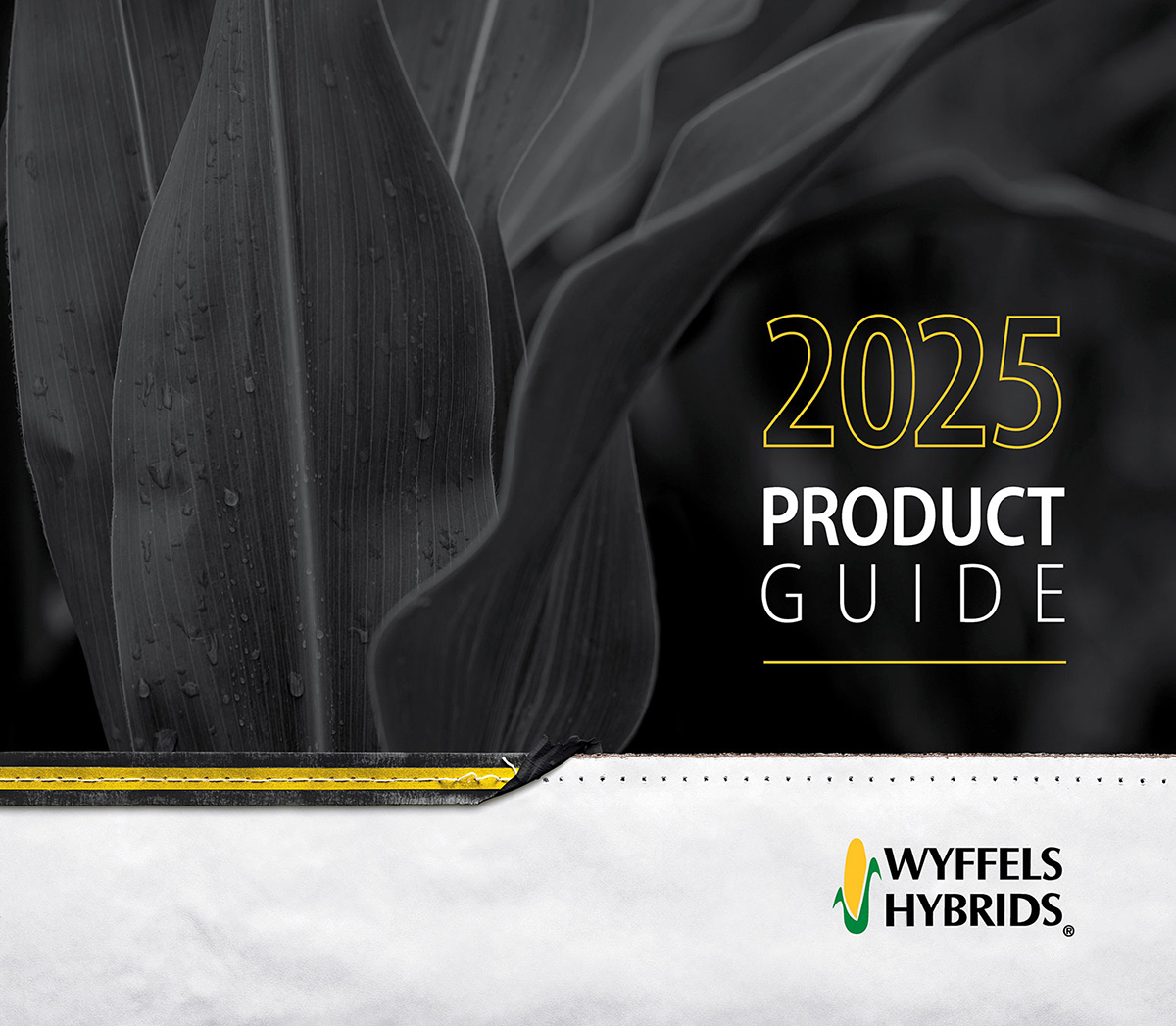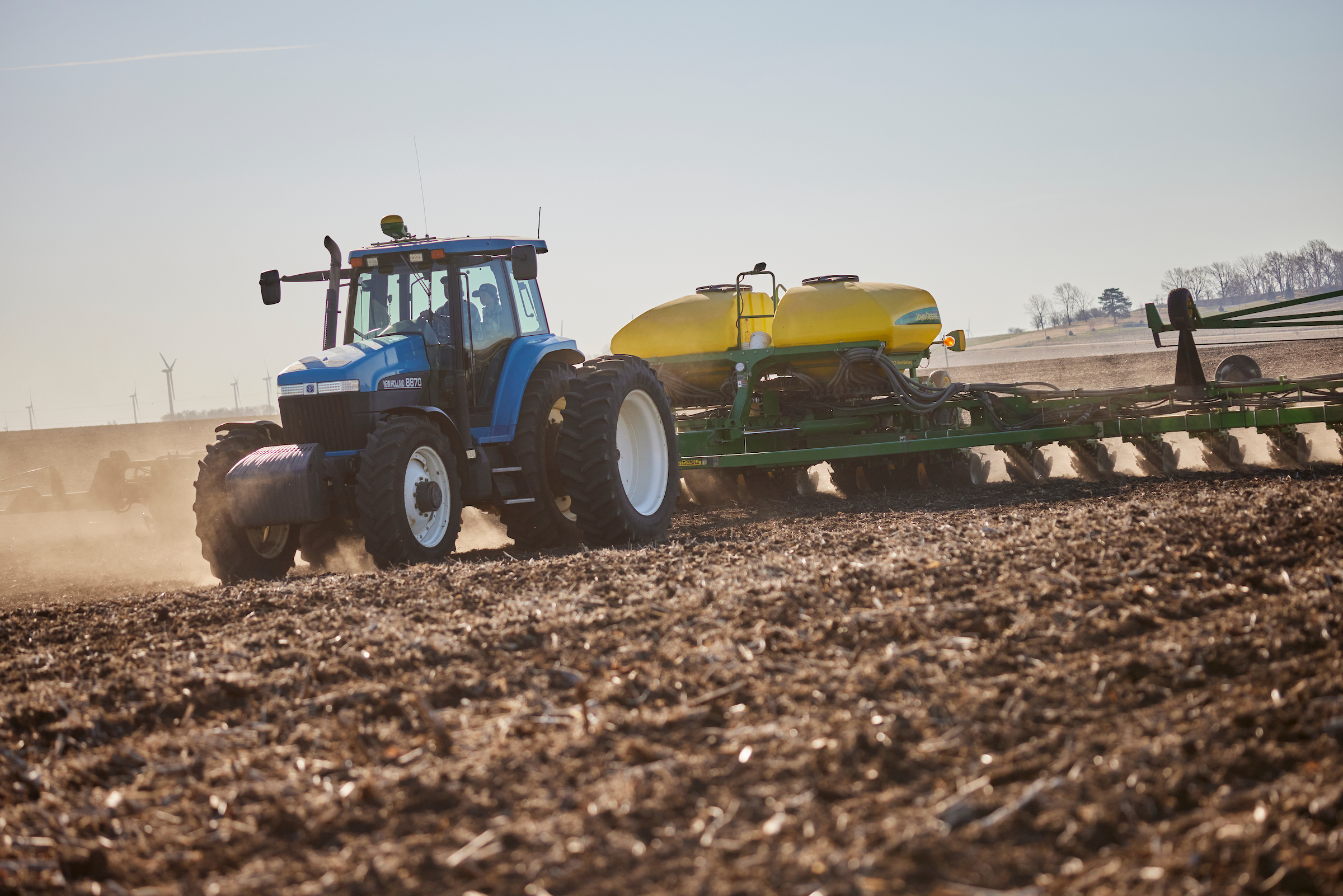
Early spring planting dates can be some of the most rewarding—and yet challenging—for corn growers in the Midwest. Early planting is key to capturing maximum yield but it’s not without risks. Here we address some of the questions that arise each year during early planting windows.
Early Season Conditions – Corn growers often deal with cold and wet conditions early in the season. Both situations can be problematic for a young germinating corn crop. Here are some conditions to check before you plant.
Soil Conditions – The most critical factor in deciding when to plant is soil moisture conditions. Planting in wet, muddy soil conditions could result in sidewall compaction, reduced stand, uneven emergence, reduced rooting capacity, reduced nutrient uptake, an open seed furrow, and potential herbicide injury. Once a crop is mudded in, little can be done to reverse the adverse effects. If soils are too dry, plant at deeper depths (2.5-3 inches) to obtain uniform soil moisture for even emergence or stop planting and wait for a rain.
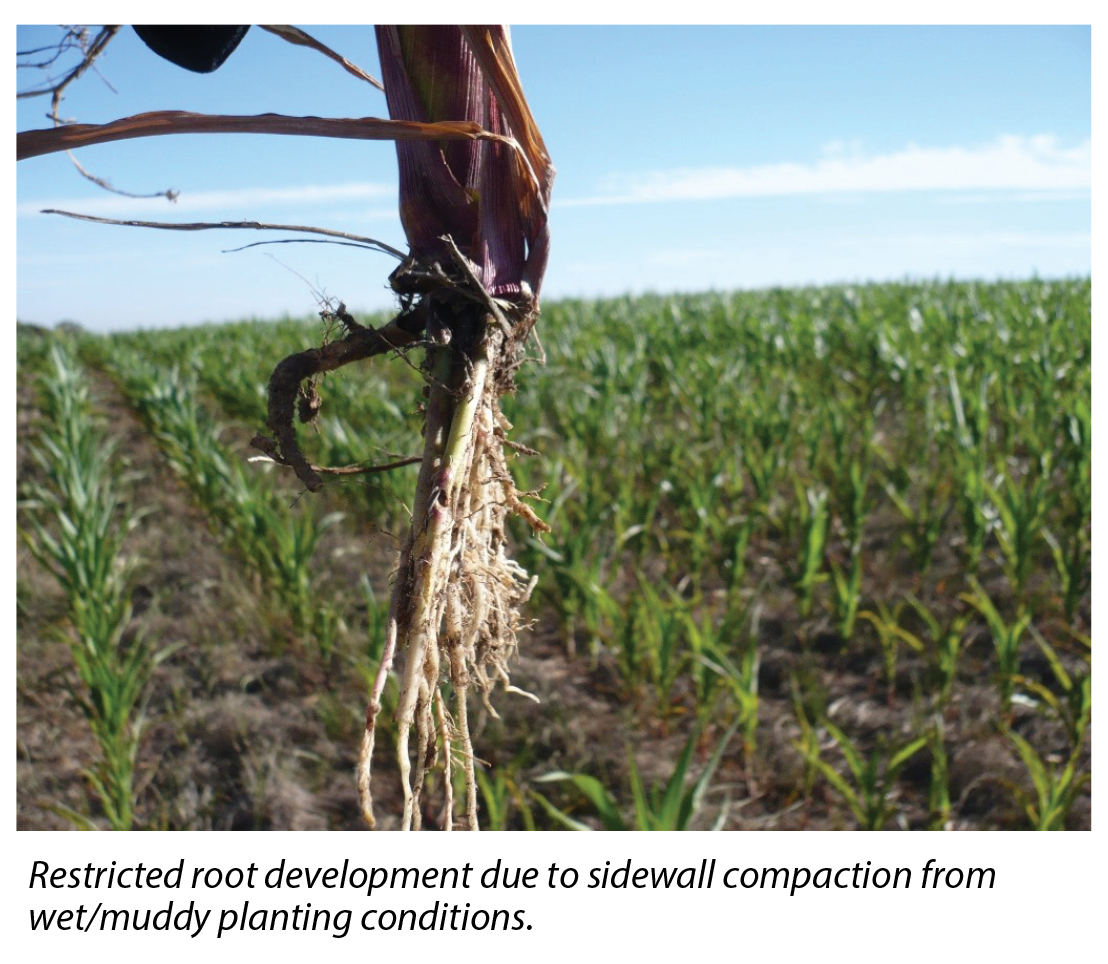
Soil Temperature – – 50°F and rising is the optimum target for corn planting. The key here is “rising”. In recent years we’ve observed good results in fields planted before soil temperatures reach 50°F as long as soil temperatures were trending up and germination wasn’t expected to be delayed. Again, the key is ideal soil conditions and a forecast favoring rising soil temperatures.
Weather Forecast – The first 24-36 hours after planting are critical to successful stand establishment. Corn seedlings imbibe ~30% of their weight in water to germinate. It is critical this occurs without major fluctuations in soil water temperature. A cold rain or rapid cooling of soil water can lead to imbibitional seed chilling which can cause corkscrew seedlings or other seedling abnormalities, ultimately reducing stand.

Wyffels GDU Calculator – Wyffels has developed a GDU calculator to provide corn growers a glimpse into the future to see how your crop will progress at a given planting date. This is especially helpful to give you insight on how long you should expect until your crop emerges for a given planting date.
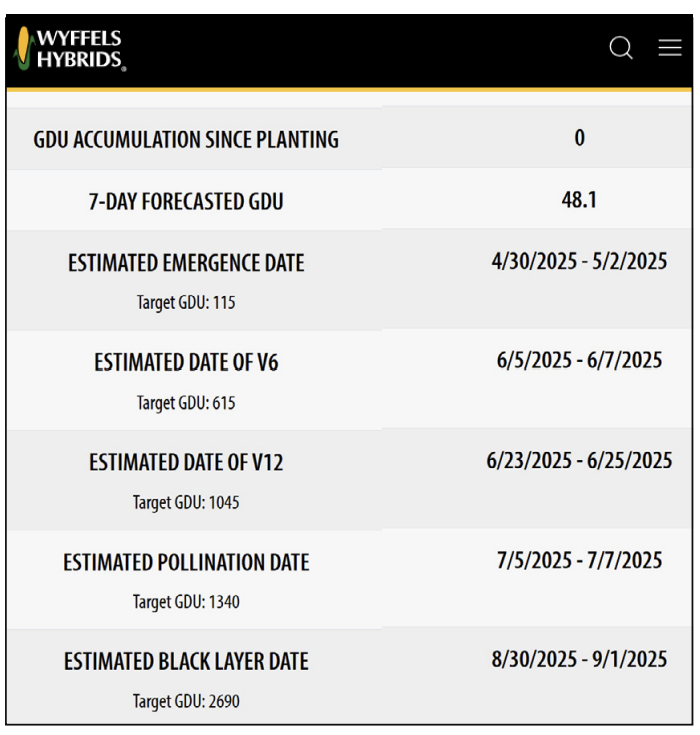
Frost Potential – For most of the Midwest, optimum planting dates range from mid-April to mid-May which closely follows average spring final frost dates for the central corn belt (see below). However, year over year the actual final frost date can be earlier or later than the historical average. This highlights the importance of observing local weather forecasts to capitalize on those early planting windows if field conditions allow. An interactive freeze date tool can be found here: mrcc.purdue.edu/freeze/freezedatetool
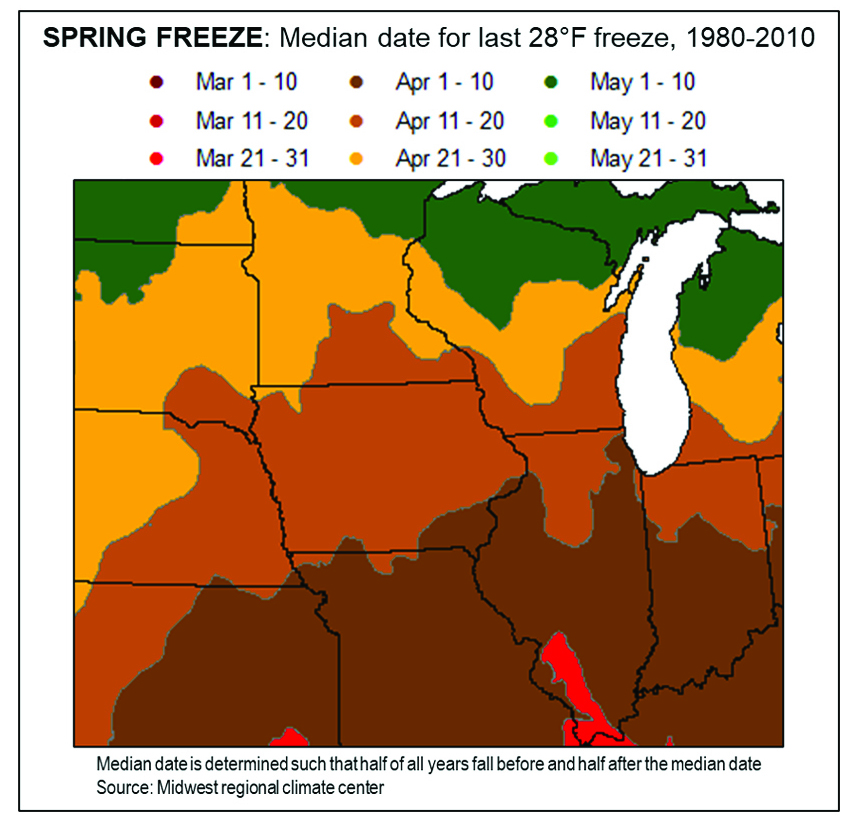
Prior Field Preparation – What type of field work has occurred and how long ago did it happen? In general, we see fewer stand establishment issues when anhydrous is applied a week or more before planting, at an angle, and a minimum of 6-7 inches deep. Tracks left in fields after fertilizer or herbicide applications can cause compaction or uneven emergence. Spring and previous fall field work during wet conditions can cause compaction that will remain throughout the next growing season.
Planter Preparation – Regular planter maintenance is key to take advantage of optimum planting windows. Every field is different; planter depth and vacuum settings should be double checked after field and hybrid changes.
Patiently Aggressive – Rarely do we get springs where the stars perfectly align and all “boxes” are checked for a perfect planting season. Regardless, decisions still need to be made and corn needs to be planted. Make sure equipment is serviced and fields are prepped so when we start to check the boxes for soil temperature, forecast and most importantly soil conditions, we can be aggressive and capture the benefits of those planting windows.
